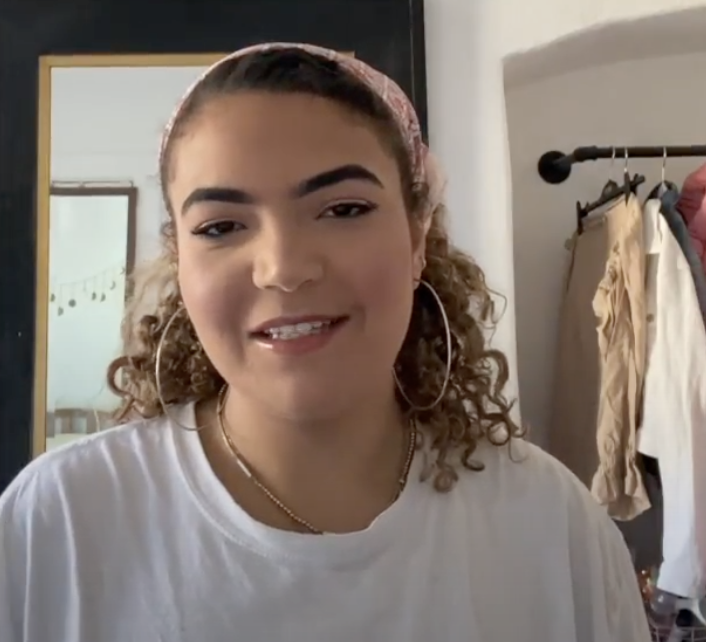Broadening the Face of Fashion with a Disability – A Centric Approach
- Janna Radwan

- Nov 3, 2020
- 3 min read
Updated: Aug 18, 2021
The fashion world has always been a strict, uncompromising and harsh industry. However, within recent years they have adjusted their grip on what they used to deem as perfection. If you were above 5’8, extremely slender, the likelihood is that you would be considered a model.
But, any variations to those two things above then most modelling agencies would not even consider you. This is the expectation we have of the modelling world. However, thankfully, it is constantly evolving and we are now seeing model’s of different colours, shapes, and sizes.
This evolution has recently incorporated people with physical disabilities. Our society has this idea that many people with disabilities are unable to live like the rest of us do and have the same dreams we do.
A close friend of mine has a brother who for the most part is paralysed, and others can instantly see this as he is in a wheelchair. And, because of this, he gets treated very differently. For example, at a restaurant, a waitress won’t directly speak to him but ask his family members instead. My friend gets quite angered by this because she wants others to see him as human.
Moments like these are hard because being an outsider to another’s situation, we of course try to be sensitive, but this is also a result of not seeing representations of people with disability in mainstream media/industries. We have this stereotype of disabled people not being able to fend for themselves that gets instilled in us.
Model’s who have changed the industry
Jillian Mercado is a model and actress represented by IMG, the same agency as Tyra Banks. Mercado has muscular dystrophy which is a condition where bones breakdown and weakens the muscles overtime, making it hard to walk. However, this did not stop Mercado as she has been on the cover of Teen Vogue and many more big-time magazines.
Ellie Goldstein is an 18-year-old British model with down syndrome. She has recently been recognised for one of Gucci’s campaigns – making her the first model with down syndrome to pose for a luxury brand. This specific campaign for Gucci was all about “unconventional beauty” in order to promote upcoming talent in the modelling world.
Large luxurious brands instilling a new beauty standard pushes the rest of the world to accept it. The media and “people” in power are typically the main way to promote a new way of thinking. This is because they can spread the message across to a large audience. We can only hope that other brands follow Gucci’s lead and see that there’s a new way of modelling where everyone “can”.
Aaron Philip is a 19-year-old black, transgender, and disabled model. She is signed to Elite Model Management, a major modelling agency. She has appeared in Paper magazine as well as ASOS, Nike and Dove. Teen Vogue named her in there 21 under 21 in 2018. In 2019, Out magazine named her in their 100 model’s list. This shows that not only can disabled model’s make it, but they can excel.
Being yourself is changing the world
Being very slender used to be “in”, and everyone would mock curvy women but now slim thick is the new trend. Beauty brands now sell freckle pens when previously you would use full coverage foundations to cover them up. Many of us are getting their boob implants taken out and getting surgery to get big bums. The point is – beauty standards are forever changing and adapting to what’s “in”.
We shouldn’t cling to what society deems beautiful this month, we should be comfortable with what we have. All these model’s with a physical disability advocate this.
They haven’t had surgery to fit in to what they think a model should be. They believed in themselves and found people who also believed in them. Be yourself, always.



Comments